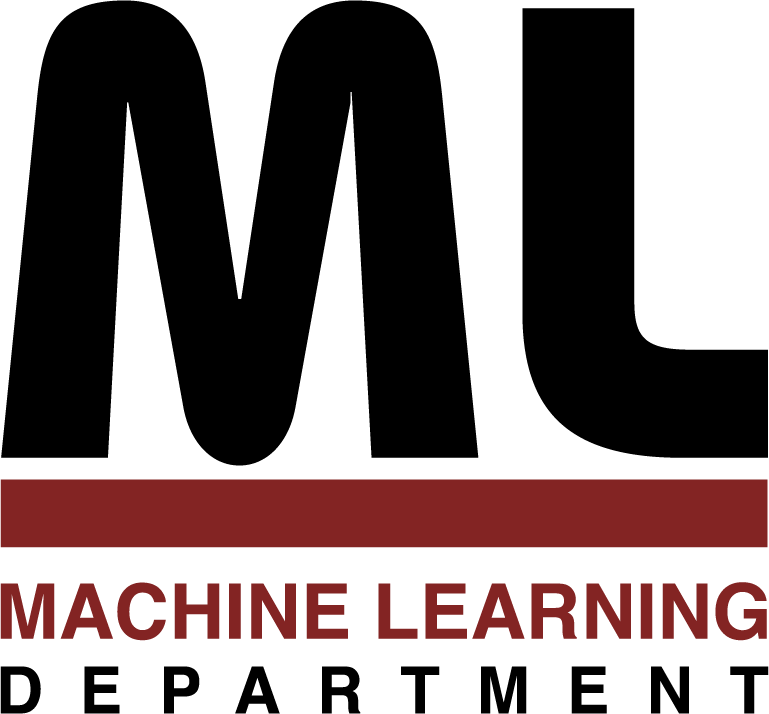
Machine Learning Department
School of Computer Science, Carnegie Mellon University
Learning Generative Models using Transformations
Chun-Liang Li
August 2019
Ph.D. Thesis
While there are new algorithms for learning IGMs, its theoretical properties are weakly justified and their relationships with existing methods are under explored. The first thrust of this thesis is to understand statistical guarantees oflearning IGMs. By connecting IGMs with two-sample test, we propose a newgeneric algorithm that can be built on the top of many existing approaches and bring performance improvement over the state-of-the-art. On the other hand, from the perspective of statistical analysis, IGMs, which model transformations, is fundamentally different from traditional explicit models, which makes the existing results not directly applicable. We then study error bounds and sample complexities of learning IGMs taking a step forward in building its rigorous foundations.
In the second part, we shift our focus to different types of data that we are interested in. We develop algorithms for learning IGMs on various data ranging from images, text, to point clouds, by exploiting their underlying structures.Instead of modeling IGM transformations blindly via powerful functions only, such as deep neural networks, we propose to leverage human priors into algorithm designs to reduce model sizes, save computational overhead, and achieve interpretable results. In this thesis, we show an example of incorporating a simple yet fairly representative renderer developed in computer graphics into IGM transformations for generating realistic and highly structured body data, which paves a new path of learning IGMs.
Finally, we study how IGMs can improve existing machine learning algorithms. From its nature of modeling sampling processes, we propose learning powerful kernels via Fourier analysis and IGM sampling. By thinking IGMs as learning transformations, we extend IGMs to broader applications in different domains. In the second example, we present how to learn proximal operators as IGM transformations to solve important linear inverse problems in computer vision. Lastly, we introduce a new way of using IGMs by treating them as auxiliary components to benefit non-generative tasks while the final output of the interest is not the generative models. We present an application of optimizing test power in anomaly detection by constructing a lower bound of test power via auxiliary IGMs.
191 pages
Roni Rosenfeld, Head, Machine Learning Department
Barnabás Póczos (Chair)
Jeff Schneider
Ruslan Salakhutdinov
Phillip Isola (Massachusetts Institute of Technology)
Martial Hebert, Dean, School of Computer Science
School of Computer Science